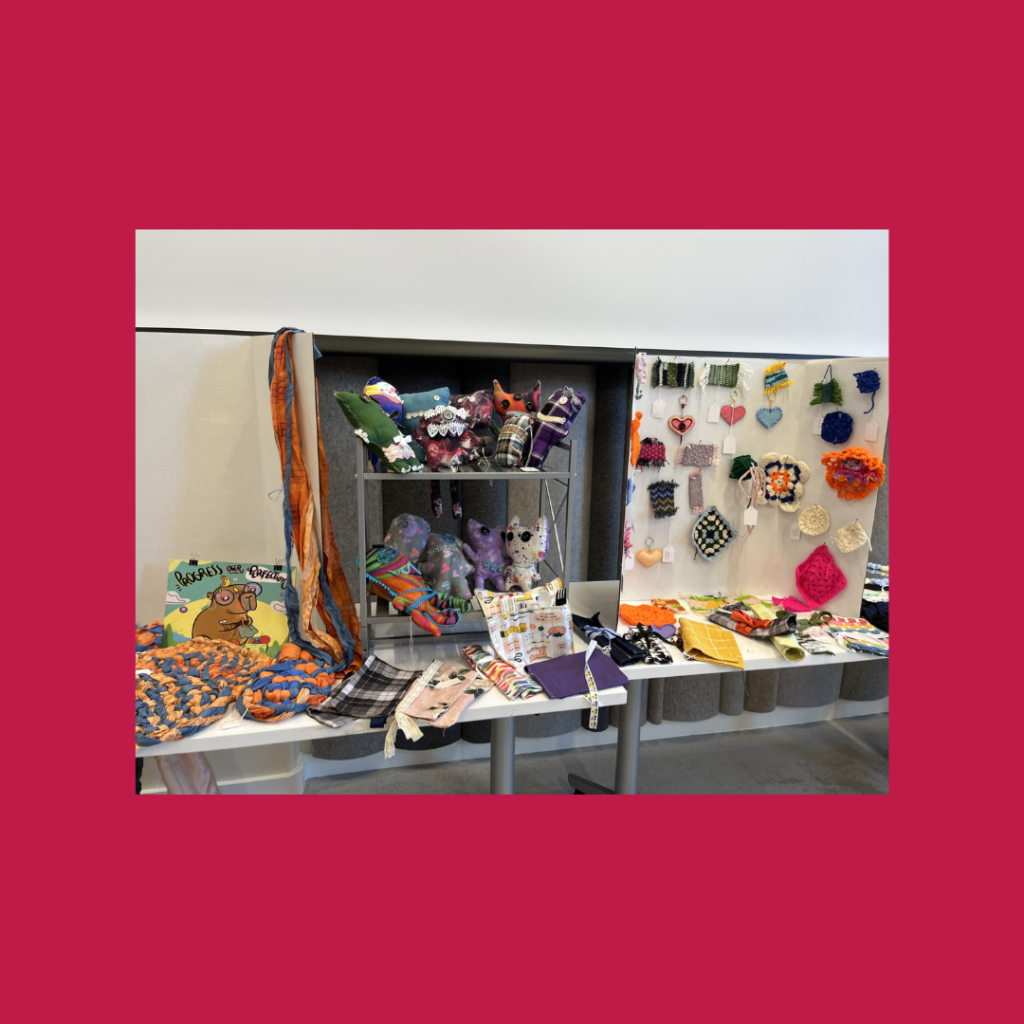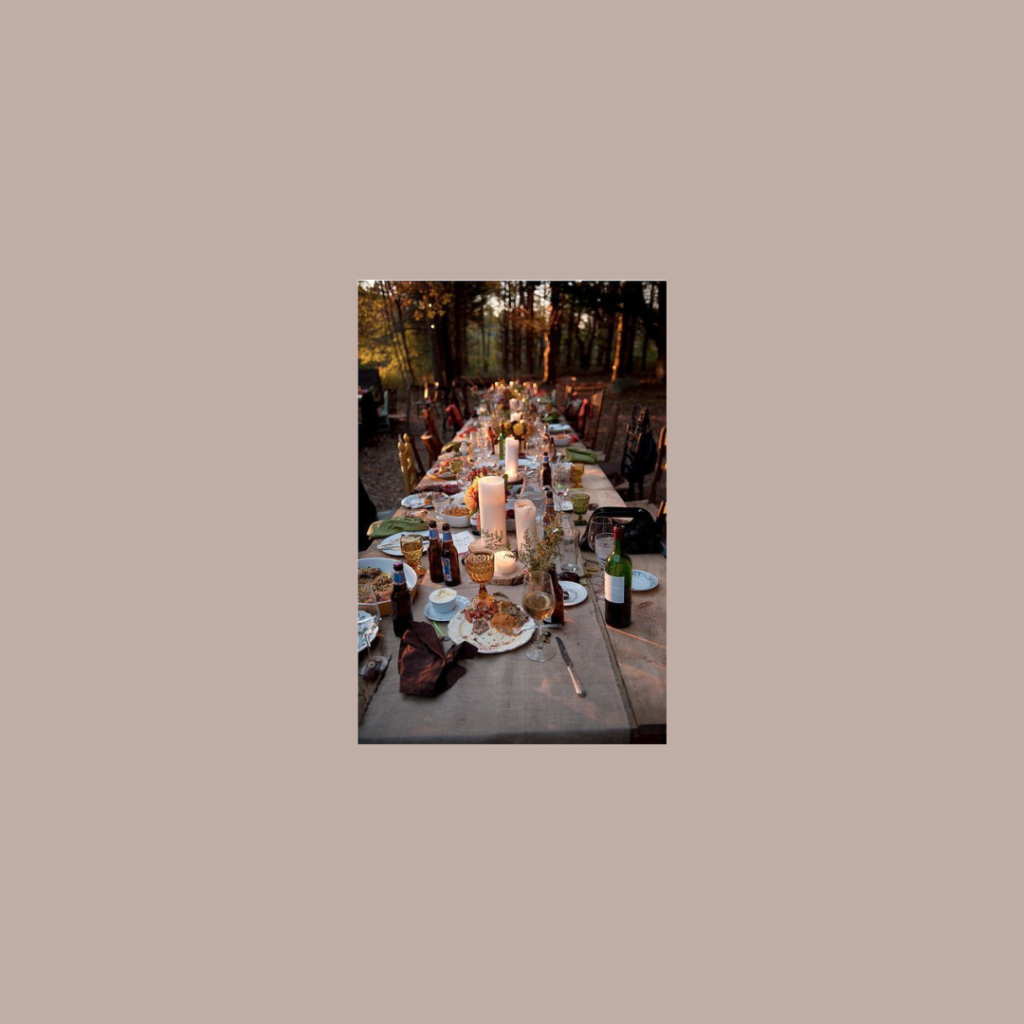SAMANTHA BODDUPALLI
A giant multi-colored cinderblock wall covered in expletives and insults is enough to throw anyone off during their daily trek across campus, even if you’ve got your eyes glued to your smartphone, or to the notes for an upcoming test. If you were fortunate enough to happen to pass by Library West during the last week of January, this is probably what you would have seen. If you were one of the busy or antisocial students who quickly ducked their heads or pretended to be intensely engrossed in something no one else could see, chances are you didn’t stop to find out the reason behind the display. Perhaps you were understandably filled with confusion, or even a sense of shock and dismay that whatever was happening was allowed. The reason for the spectacle was, in fact, the Inter-Residence Hall Association’s annual project, Writing on the Wall. Ringing any bells?
Picked up from another university at an annual conference, the Writing on the Wall project has been going on for approximately fourteen years here at UF. Seen as one of IRHA’s most important events by some, Writing on the Wall aims to raise awareness that what we say to each other matters. The wall contains almost 400 cinderblocks that are individually painted by students with words or phrases that have hurt them or negatively impacted their lives. One of the greatest things about this project is that the words and phrases that students choose to paint are not censored in any way. This means that students can truly write any word or phrase, even if it is in a different language. In this way, Writing on the Wall creates a completely open environment for students to express themselves. The purpose is for people to walk by the wall and perhaps recall a time when someone has said one of the words on the wall to them, or maybe rethink a time when they called someone else something that has been written on the wall. It is also meant to provide a cathartic effect for those who decide to paint a cinderblock. The fact that multiple languages are represented upon the wall are visual proof that culture transcends the sentiment that we are more than the words that people call us.
On January 29 this year, students assembled in front of Library West for the closing ceremony, where they were able to pull down the wall together and smash parts of the wall themselves. By far one of the coolest aspects of the project, students themselves were able to destroy the cinderblocks and overcome the words that had hurt them. Sentiments like these are the exact reason that a passionate group of people decided to make this project successful this year.
Sanaya Tamboli, one of the assistant directors, saw the wall last year and thought the project was interesting. When she saw the application, she couldn’t resist getting involved. Although some people do not respond to the project in a positive manner, Sanaya points out that “a lot of the time they don’t truly understand the project and the impact it has on students here.”
She says that countless people have told her how the wall is actually their favorite part of the year. When asked how she felt when the wall came down, Sanaya admitted to feeling a little sad. “We all worked so hard to put the wall together and when you spend 24/7 watching the wall you form an attachment. It was hard to see the wall go, but I know what it means for so many people and I’m happy it was able to give them what they deserve.”
In fact, Writing on the Wall has not always been as successful as it is today. Last year, Sophia Lamothe decided to make the project her own, and she brought a sense of liveliness and passion to the event that made it a notable success in comparison to past years. This year, after working on the team with Sophia last year, Rachel Brasington stepped up to take on the job of being the director of Writing on the Wall.
As a freshman, she walked by the wall and wished that she had painted a block, which is exactly what she did sophomore year. She recalls the closing ceremony that year to have been “okay,” but she really liked the feeling of painting a block and watching it shatter. Rachel describes Writing on the Wall as “one of the most important things we do at UF that no one really knows about,” and her goal as director was to reach more people.
One of the things that she values the most about the project is its promotion of cultural diversity because how it encourages multiple languages to be represented upon the wall. She dedicates her success to her team of Assistant Directors, and she pointed out that the project doesn’t happen overnight-she has been working tirelessly since May of last year. When asked about the negative responses that the wall gets from people who find it offensive, says “It’s hard, but I have to remember that I know why the project is important; it’s not for everyone, but I see that it does something for people. I’m here for those people.”
Regardless of whether you’re interested in making a difference in the lives of students, or if you just really want to destroy a cinderblock wall, you should definitely check out Writing on the Wall next year. If you’re looking for more events like this one, the UF Social Justice Team is also hosting an event called “A Day in the Life,” which highlights what it’s like to live in other people’s shoes, on March 24th at 5:00 PM, so stay tuned for more information. Projects like these bring us together as a university and help us work towards a more united UF.







Leave a comment